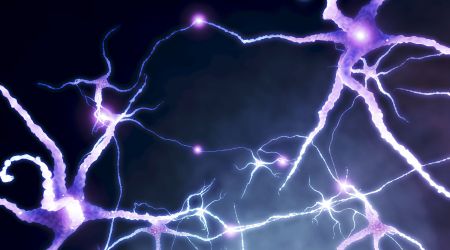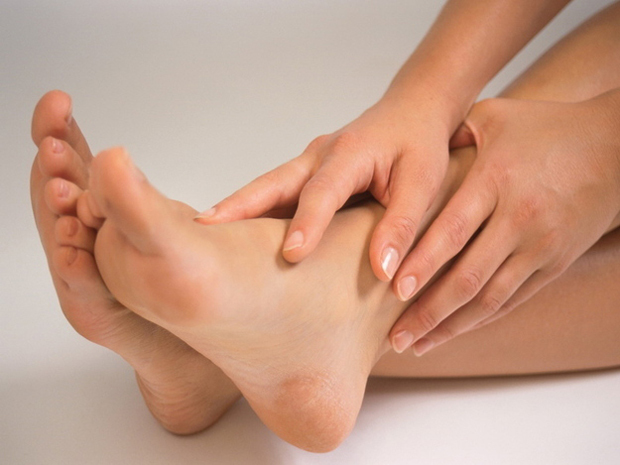One of the most serious and most common side effects of diabetes is diabetic neuropathy, damage to the nerves in the body caused by high blood sugar. Here is what you need to know about preventing and controlling diabetic neuropathy.
What causes diabetic nerve pain?
Diabetic neuropathy is damage to the nerves caused by high blood sugar. This can result in neuropathic pain, also known as diabetic nerve pain. Diabetic neuropathy can affect any nerves in the body, but it most often damages nerves in the legs or feet. (Related: Here are tips for healthy feet for diabetics.)
Although anyone with diabetes can develop diabetic neuropathy, the condition is more likely in people who have poor control of their blood sugar levels, who have had diabetes for a long time, who have kidney disease, and who are overweight or smoke.
What are the symptoms of diabetic neuropathy?
Diabetic neuropathy can cause pain and numbness. Because it can affect nerves anywhere in the body, the symptoms of diabetic neuropathy can be extensive, including problems with the digestive system, urinary tract, blood vessels and heart. However, there are four main types of diabetic neuropathy:
- Peripheral neuropathy: This is the most common type of diabetic neuropathy. It is most common in extremities, usually beginning with neuropathic pain in the feet and legs and progressing to the hands and arms. People with peripheral neuropathy will experience numbness and reduced feeling; tingling or burning sensations; sharp pains; sensitivity and weakness. The most serious effects of peripheral neuropathy are loss of balance and coordination that can make getting around difficult. In addition, food problems like ulcers, infections and joint pain can further inhibit movement.
- Autonomic neuropathy: The autonomic nervous system affects the heart, bladder, lungs, stomach, sex organs and eyes. Symptoms of nerve damage in these areas includes bladder and bowel problems; erectile dysfunction or vaginal dryness; and problems regulating sweating and body temperature. In addition, the body struggles to adjust blood pressure and heart rate, so people with autonomic neuropathy can experience lightheadedness caused by sudden decreases in blood pressure, or increased heart rate while at rest.
- Diabetic amyotrophy: Also known as radiculoplexus neuropathy,this condition affects the hips, thighs, butt and legs. Symptoms include sudden pains, and difficulty getting up. Usually, the symptoms are worse on one side.
- Mononeuropathy: This is caused by damage to one nerve. It can be characterized by sudden pain for paralysis of the affected body part. Although it is scary, the condition usually corrects itself within a few weeks. Carpal tunnel syndrome, characterized by tingling and weakness in the wrists, is a type of mononeuropathy that is common in diabetics.
What are treatments for diabetic neuropathy?
There is no cure for diabetic neuropathy, so treatments focus on slowing the progression of the condition, restoring function, and managing complication and pain. The most important way to slow the progression of diabetic neuropathy is to control your blood sugars, using diet, exercise, and medication. People with this condition should not smoke or drink alcohol, and should maintain a healthy weight.
One of the worst symptoms of diabetic neuropathy is the pain. Some people find relief from alternative treatments like acupuncture and physical therapy. However, some people need medical interventions. Anti-seizure medications and antidepressants can both be used to treat diabetic neuropathy, although both come with their own side effects.
Doctors can work with patients to address specific symptoms of diabetic neuropathy, like sexual dysfunction or digestive problems. In these cases, a combination of medical intervention and lifestyle changes is often helpful.
Diabetic neuropathy is best controlled by maintaining your blood sugar and being vigilant for new signs. If you suspect you are having diabetic nerve pain it is important to speak to your doctor quickly.





